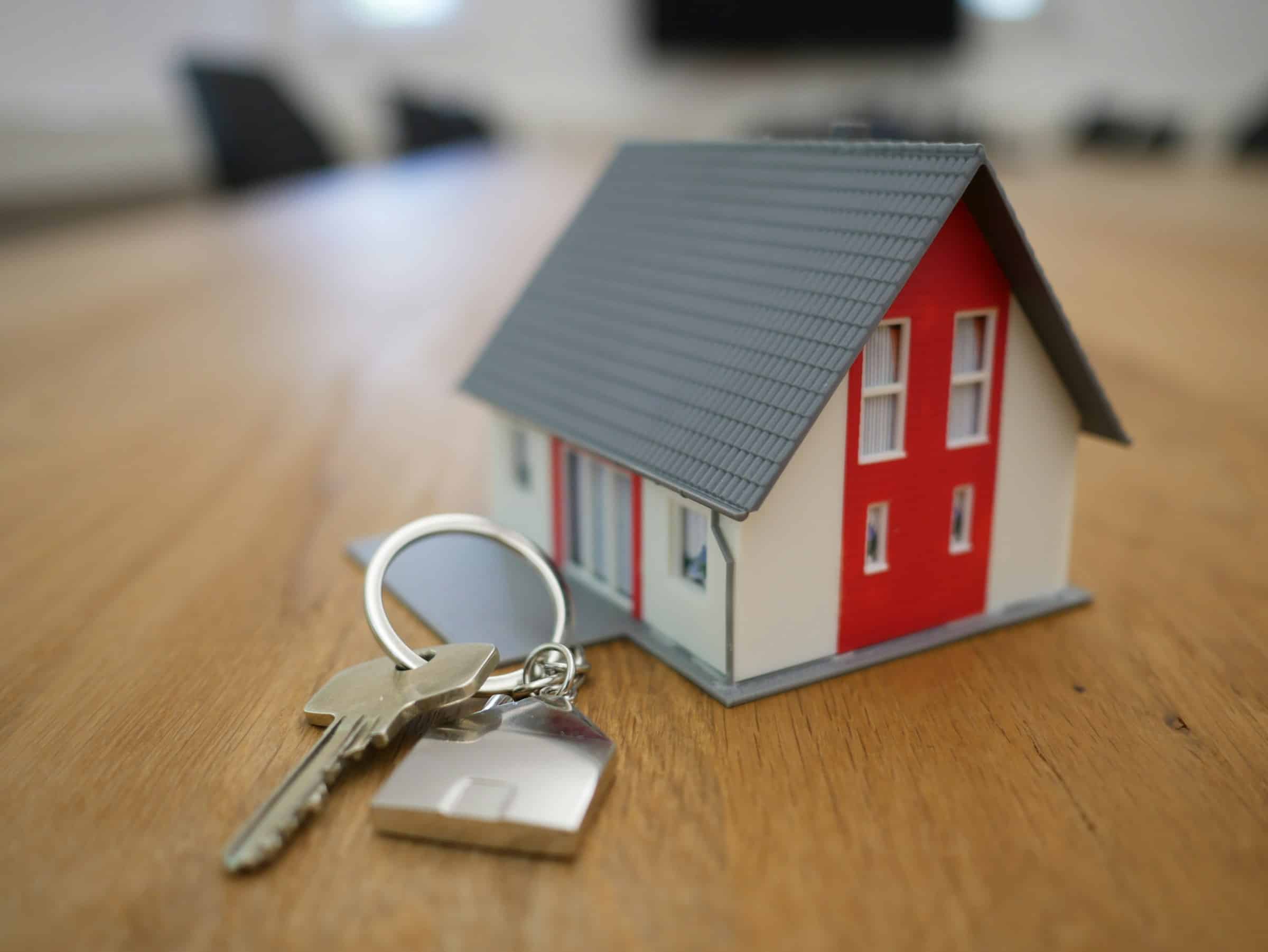How to Design a Real Estate Development Master Plan with a Focus on Climate Adaptation?

Climate adaptation has become a crucial consideration in real estate development. In light of change perils, it’s no longer enough to plan buildings and neighborhoods on the basis of aesthetics and convenience alone. Ensuring a sustainable future requires integrating green principles into every aspect of development, from infrastructural design to land use and management. In this article, we’ll delve into tools and strategies you can use to design a climate-smart real estate development master plan.
Climate-Smart Design: Building for the Future
With the advent of climate change, we’ve seen an increase in extreme weather events, water scarcity, and rising temperatures. These have profound implications for real estate development. A climate-smart design is a forward-thinking approach that takes these factors into account, ensuring that structures are resilient and adaptable to the changing climate.
This might interest you : How Can Real Estate Development Drive Innovation in Renewable Energy Utilization?
One of the key aspects of climate-smart design is the use of green building techniques. These include the incorporation of energy-efficient systems, the use of sustainable materials, and the integration of renewable energy sources. Such a design not only reduces the building’s carbon footprint but also significantly cuts down on operational costs.
Designing with water in mind is another critical element of a climate-smart design. This involves the implementation of water-saving fixtures, rainwater harvesting systems, and gray water recycling. Furthermore, considering local water sources and planning for potential water shortages can help ensure a consistent water supply for the estate.
This might interest you : What Are the Best Practices for Incorporating Rainwater Harvesting Systems in Real Estate?
The Role of Smart Growth in Climate Adaptation
Smart growth refers to a planning and development approach that encourages sustainable land use. It is vital in addressing many climate-related challenges. Smart growth strategies promote compact, mixed-use development that considers the local environment and community needs.
In implementing smart growth, prioritizing in-fill development can help reduce sprawl and preserve open spaces. This not only helps to protect the natural environment but also promotes a higher quality of life in the neighborhood.
Another facet of smart growth is transit-oriented development. This involves designing neighborhoods around public transportation hubs to reduce reliance on private cars. With less traffic congestion and reduced greenhouse gas emissions, transit-oriented development contributes to cleaner air and a healthier environment.
Effective Management of Green Infrastructure
Green infrastructure refers to an interconnected network of natural spaces and systems that provide multiple benefits for people and wildlife. In the context of real estate development, this includes green roofs, rain gardens, permeable pavements, and urban forests.
Managing green infrastructure effectively is vital in creating a sustainable and climate-adaptive real estate development. This involves careful planning and design, regular maintenance, and long-term monitoring.
For instance, installing green roofs can help manage stormwater, reduce urban heat island effects, and provide additional recreational space. However, these benefits can only be realized with proper design, installation, and maintenance. It’s important to use appropriate plant species, ensure adequate drainage, and regularly inspect and repair the roof membrane.
Integrating Climate Adaptation in Land Use Planning
The impacts of climate change pose significant challenges for land use planning. Integrating climate adaptation strategies in land use planning can help reduce these risks and enhance the resilience of real estate developments.
One strategy is to conduct climate vulnerability assessments. These involve identifying areas that are most likely to be affected by climate-related hazards, such as flooding or heatwaves. Based on these assessments, developers can make informed decisions about where and how to build.
Another approach is to incorporate climate considerations in zoning regulations. For instance, in areas prone to flooding, regulations could limit development or require the use of specific building techniques to reduce flood risk.
Local Engagement in Climate-Smart Real Estate Development
Engagement with local communities is crucial in developing a climate-smart real estate master plan. Locals bring unique knowledge about the area’s climate, culture, and needs, which can inform the design and implementation of adaptation strategies.
Stakeholder participation can take various forms, from public consultations to collaborative planning processes. Not only does this help ensure that the development addresses community needs, but it also increases local ownership and support for the project.
To facilitate engagement, it’s important to communicate clearly about the impact of climate change on the local area and the benefits of climate-smart development. Providing opportunities for feedback and input can also help build trust and foster a sense of shared responsibility for addressing climate change.
Climate Resilience in Building Codes and Regulations
Building codes and regulations play a crucial role in shaping the resilience of real estate developments against climate change. They set the minimum standards for the design, construction, and maintenance of buildings and infrastructure. In the face of climate change, these regulations need to be updated to incorporate climate resilience measures.
For starters, building codes should factor in the potential impacts of climate change, such as rising sea levels, increased storm surges, extreme heat, and more frequent storm events. This requires adjusting standards to account for these conditions. For instance, in areas prone to flooding, buildings might need to be elevated or designed with flood-resistant materials.
Moreover, these regulations should promote the use of energy-efficient systems and renewable energy. This not only reduces a building’s carbon footprint but also enhances its resilience by ensuring a steady energy supply even during extreme weather conditions.
In addition, building codes can also mandate the inclusion of green infrastructure in real estate developments. The incorporation of features like rain gardens and permeable pavements can significantly improve stormwater management, reducing the risk of flooding and water pollution.
Finally, it’s essential for state and local governments, community groups, and developers to work together in revising building codes. Active engagement of all stakeholders ensures that the updated regulations are comprehensive, implementable, and effective in enhancing climate resilience.
The Challenge and Opportunities in Water Utility Management
Water utility management encompasses the entire lifecycle of water in a real estate development, from supply to treatment and disposal. It plays a critical role in mitigating the impacts of climate change, as water-related issues such as scarcity and flooding become increasingly prevalent.
Firstly, it’s of utmost importance to ensure a stable water supply, especially in regions where water scarcity is a concern. This might involve tapping into alternative water sources, like rainwater or reclaimed wastewater, or implementing water-saving measures, such as efficient fixtures and landscapes that require less irrigation.
In terms of stormwater management, well-designed systems are key in preventing flooding and protecting water quality. These systems might incorporate green infrastructure, which can absorb and filter stormwater, reducing the amount that needs to be managed through traditional means.
While the challenges in water utility management are significant, they also present opportunities for innovation and improvement. For instance, advancements in water treatment technologies can make alternative water sources more viable, while smart water meters can enhance water use efficiency.
Moreover, water utility management can also contribute to public health and wellbeing. Clean, safe water is essential for human health, while well-managed water systems can create healthier, more livable environments.
Conclusion: The Imperative of Climate-Smart Real Estate Development
In conclusion, designing a real estate development master plan with a focus on climate adaptation is no longer an option—it’s a necessity. Climate change poses significant risks to the infrastructure and sustainability of our communities. However, through smart growth strategies, effective green infrastructure management, resilient building codes, and innovative water utility management, these risks can be mitigated.
Engagement with local communities and stakeholders is crucial in the development and implementation of climate-smart strategies. By working together, we can ensure that our real estate developments are not only aesthetically pleasing and functional but also resilient and sustainable.
Climate adaptation in real estate development presents both challenges and opportunities. It demands a shift in how we view and approach development, but it also opens up avenues for innovation, efficiency, and improvement. By embracing these changes, we can create real estate developments that are equipped to weather the storms of the future and contribute to a more sustainable and resilient world.
